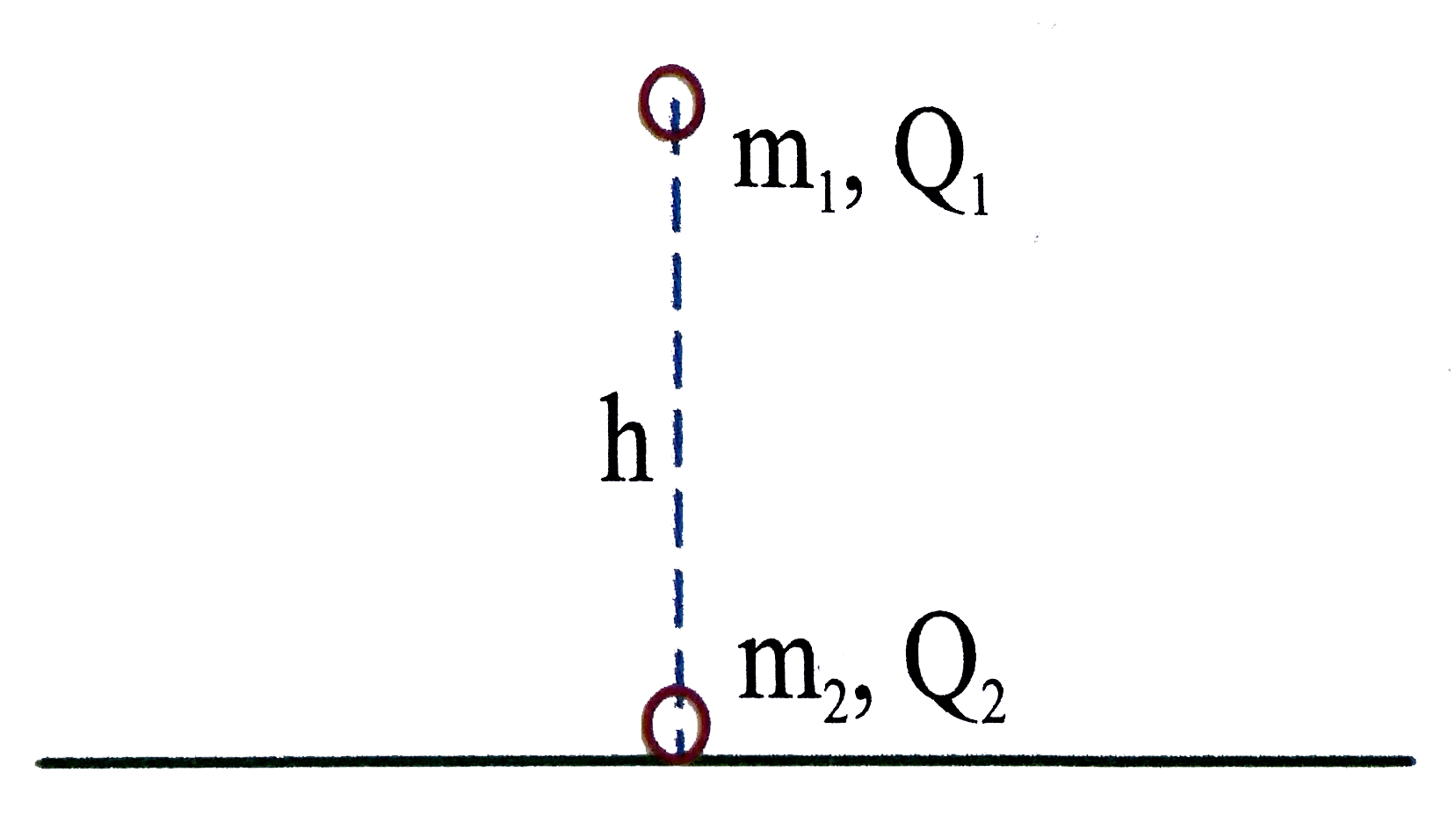A
B
C
D
Text Solution
Verified by Experts
The correct Answer is:
|
Topper's Solved these Questions
ELECTROSTATICS AND GAUSS LAW
NARAYNA|Exercise Passage III|3 VideosView PlaylistELECTROSTATICS AND GAUSS LAW
NARAYNA|Exercise Passage IV|5 VideosView PlaylistELECTROSTATICS AND GAUSS LAW
NARAYNA|Exercise Passage I|3 VideosView PlaylistELECTROSTATIC POTENTIAL AND CAPACITANCE
NARAYNA|Exercise ADDITIONAL PROBLEMS|14 VideosView PlaylistEXPERIMENTAL PHYSICS
NARAYNA|Exercise Comprehension type|6 VideosView Playlist
Similar Questions
Explore conceptually related problems
Knowledge Check
A
B
C
D
Submit
A
B
C
D
Submit
A
B
C
D
Submit
Similar Questions
Explore conceptually related problems
